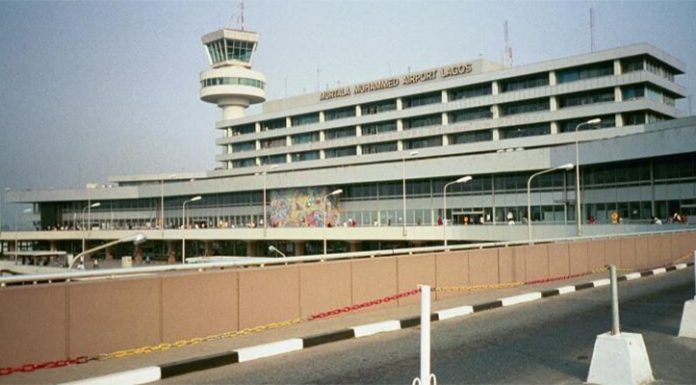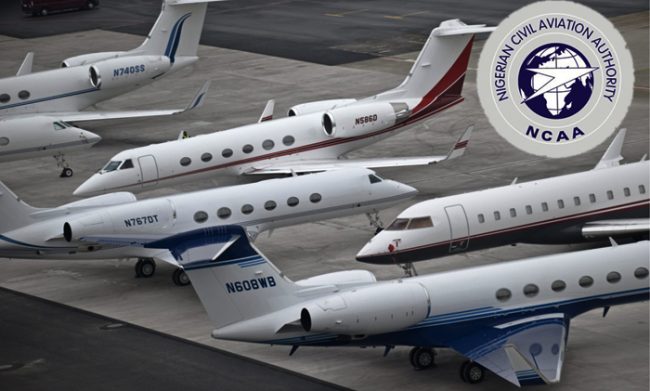The federal government has approved the installation of Category 3 Instrument Landing Systems (ILS) capable of allowing flight takeoff and landing at zero visibility at the Murtala Muhammed International Airport (MMIA), Lagos and Nnamdi Azikiwe International Airport, Airport (NAIA), Abuja.
The Managing Director, Nigerian Airspace Management Agency (NAMA), Capt. Fola Akinkuotu, gave the hint in Abuja.
According to him, “As it is, we have the Instrument Landing System (ILS) Category 2 which allows us to fly at some reduced visibility and we would be able to fly lower than Category 1 ILS.
“It will interest you to know that approval has been given, contracts have been awarded and construction has started for the installation of the Category 3 landing system. I think before the end of January, it will be ready. We are planning this category of ILS on Lagos and Abuja airports for a start and the next point of call will be Kano.”
He added: “There are different categories of Category 3; there is category A, B and C but in any of these categories, an airplane should be able to land at a very poor visibility. With Category 3 A, B or C, you should be able to land at a very marginal weather but with a certain category you can’t land.
“We are close to achieving a higher level of landing navigational aid in Abuja. Except for some bureaucratic bottlenecks, we should have had a CAT-3 (Category Three) landing system here which will improve our capability to land airplanes in very poor visibility.”
He explained that in summation, “we have always been ready. When you have increased traffic that means more airplanes will come in and so we have to provide more manpower which we are doing in terms of air traffic controllers”.
“We are planning to improve and actually, we are close to achieving a higher level landing navigational aid in Abuja in anticipation of the new international terminal.
“We have foreseen the possibilities that we are seeing today and we will be able to match whatever are the demand,” he said.
The NAMA boss also said: “First, let us look at the pilots and their training for low visibility approaches. It is not just one training that you will conduct for them. It is a training that you have to do all the time, usually every six months.
“There is no point in starting to learn how to do low visibility approaches when the equipment is not there. And don’t forget that uninterruptible power supply is vital.
“Yes, there is a plan actually for an independent power system for these major airports and FAAN (Federal Airports Authority of Nigeria) provides the lights as they have been told. So by and large, once the system comes in, everybody will move up to speed.”
He argued that it is not only NAMA that will have to prepare, adding that other people will have to be prepared because installing a Category 3 ILS will require that everyone improve on their own capabilities.
“We must have an uninterruptable power supply; the airplane will have to be properly equipped; the pilot would have to be properly trained for low visibility approaches and our approach light would have to meet category 3 but the starting point is to ensure that we have it and everybody have been sensitized of what is coming for us to be able to take full advantage,” he said.
Speaking on the design of NAIA, he stressed that in the conceptualization and design of the terminal building, there were some kinds of flaws that were observed that the terminal as it were designed, made it difficult for the control tower to see in totality or to have a complete aerial view of the two end of runway.
“This will be fixed in medium term because with the adjustment of the masterplan, we will achieve that. However, since it is a necessity for the air traffic controller to be able to have visible access to both ends of the runway, we provided a mobile tower.
“NAMA will continue to improve on the services that it provides and we want to achieve our Category 3 ILS in major airports in 2019 and improve our aeronautical information system,” Akinkuotu said.














